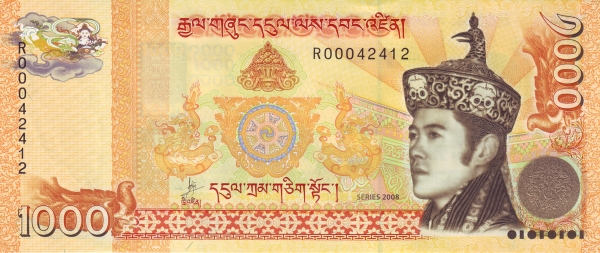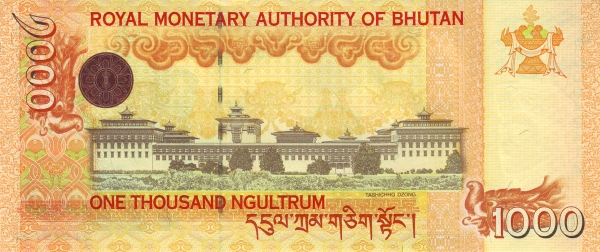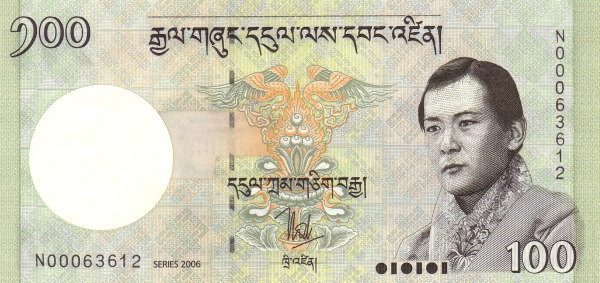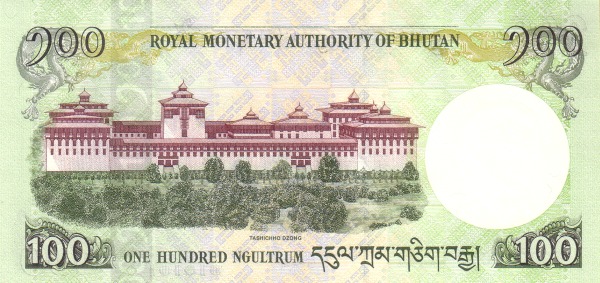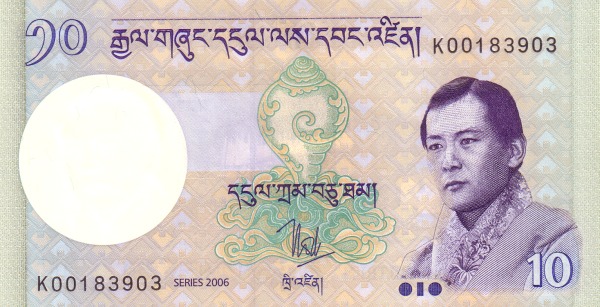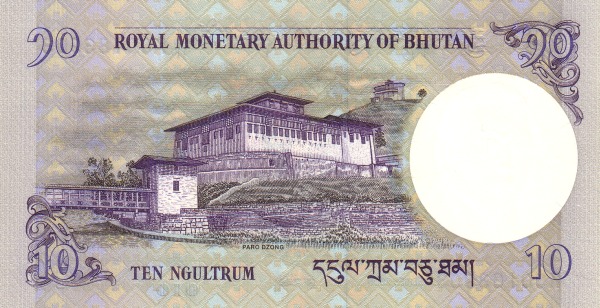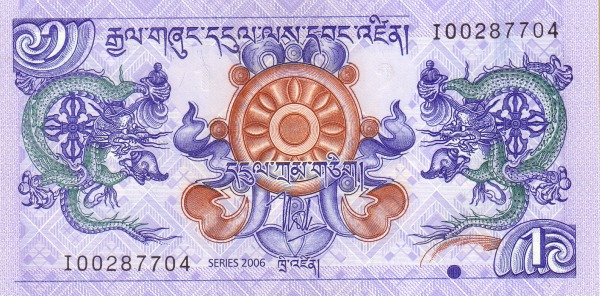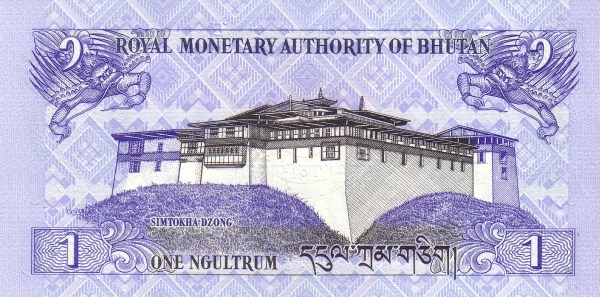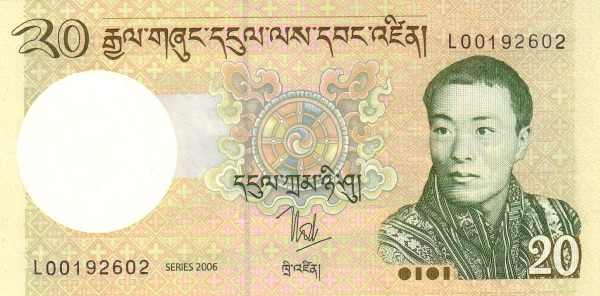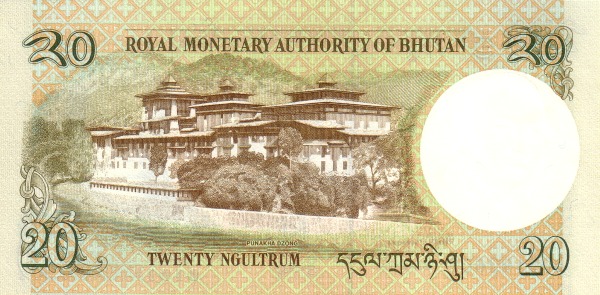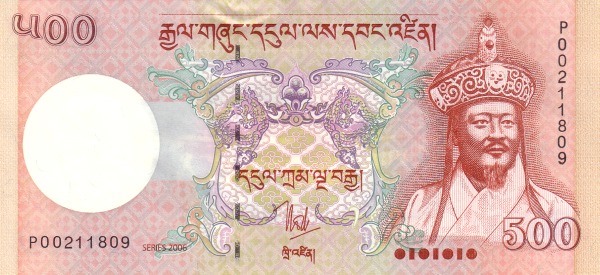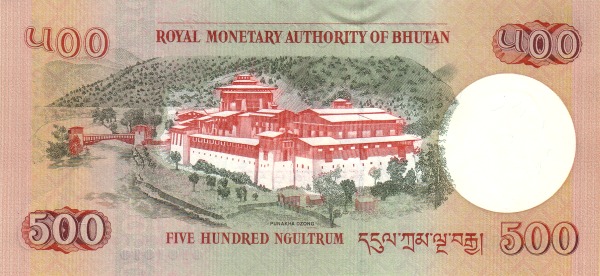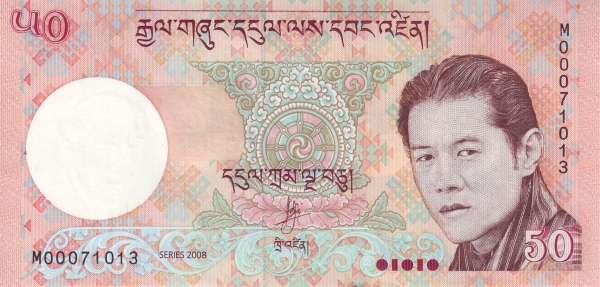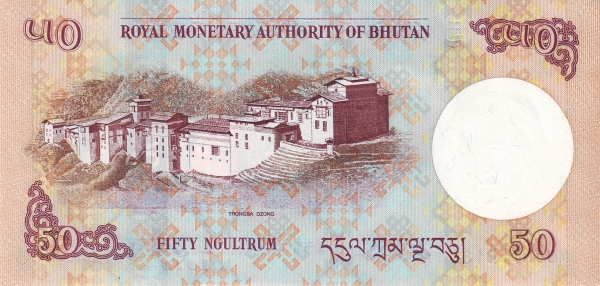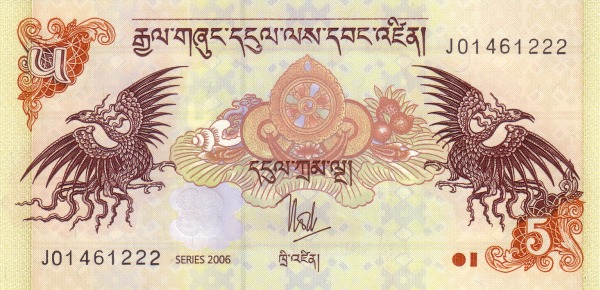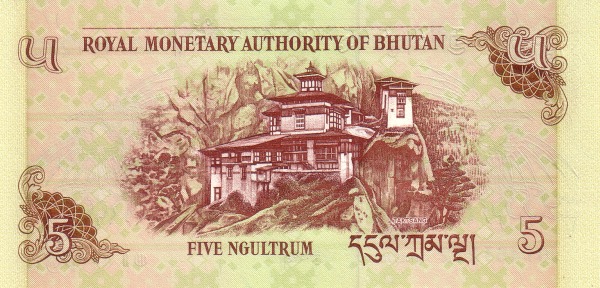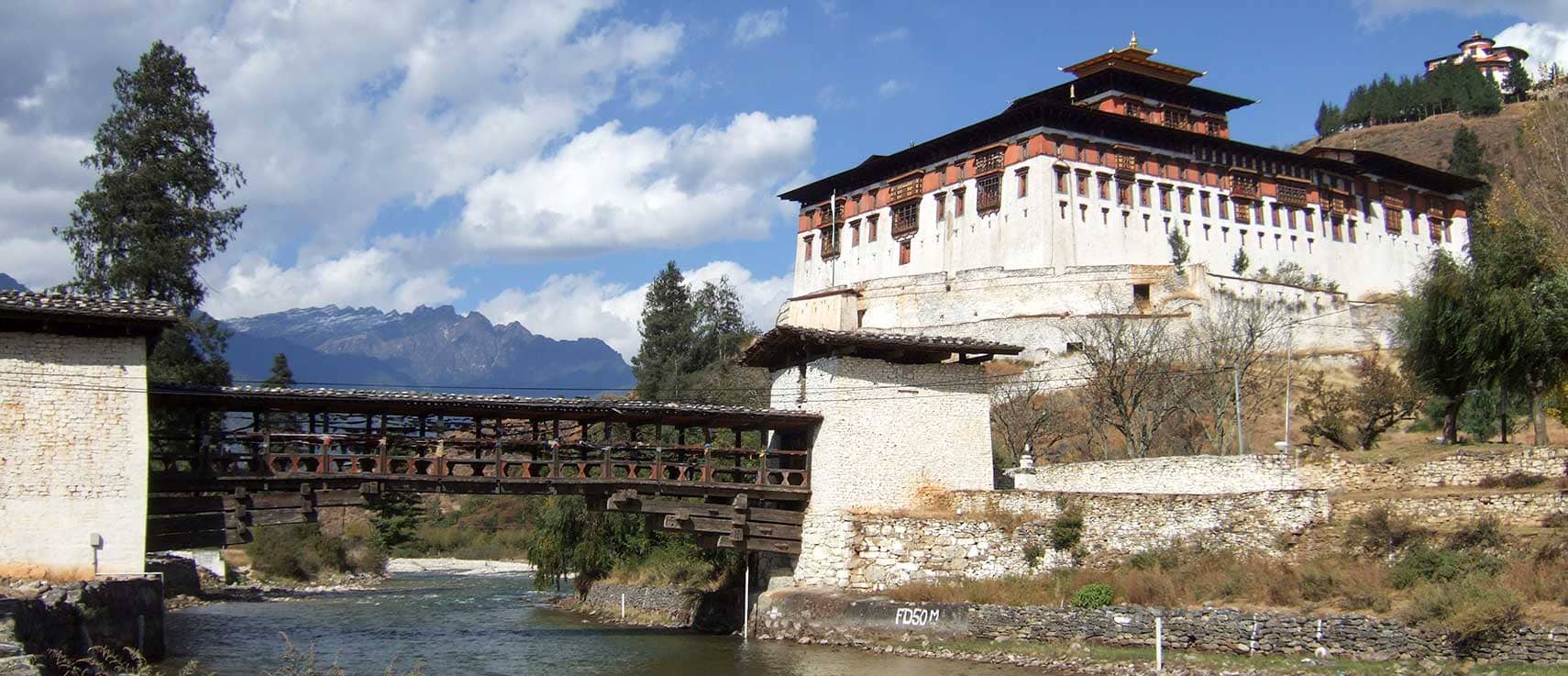Exploring Bhutan: The Land of the Dragon
Bhutan, officially known as the Kingdom of Bhutan, is a remarkable country nestled in the eastern Himalayas of Asia. This small, land-locked nation borders China to the north and the Indian states of Sikkim, West Bengal, Assam, and Arunachal Pradesh to the south. Furthermore, Bhutan shares its borders with Nepal and Bangladesh. Notably, this scenic country controls several vital Himalayan mountain passes, which play an essential role in connecting various regions.
Encompassing an area of approximately 38,394 km², Bhutan appears somewhat smaller than Switzerland, or around half the size of Indiana in the United States. The landscape predominantly consists of majestic mountains, interspersed with fertile valleys and serene savannas. Each elevation offers unique ecosystems, making Bhutan's geography diverse and inviting.
Demographics of Bhutan
As of 2015, Bhutan’s diverse population reached approximately 760,000 individuals. The vibrant tapestry of its inhabitants consists of three primary ethnic groups. The Tshanglas, also known as the Sharchop, are considered the original residents of eastern Bhutan. Meanwhile, the Ngalops, Tibetan origin migrants, have played a crucial role in shaping Bhutan's cultural landscape. Lastly, the Lhotshampas, who speak the Nepali language, comprise another essential component of the country's demographic fabric. Interestingly, the official language of Bhutan is Dzongkha, which shares close ties with both Tibetan and Nepali.
The Unique Cultural Heritage of Bhutan
The Kingdom of Bhutan is renowned for its profound Buddhist culture. This small nation kept itself almost completely isolated from foreign influences for centuries. The deliberate preservation of its culture allows visitors to immerse themselves in cherished traditions that have remained intact through generations. Remarkably, Bhutan began gradually opening its doors to outsiders in the 1970s, offering a glimpse into its unique way of life and spirituality.
In 1991, the Royal Government of Bhutan privatized tourism while maintaining restrictions on travel. Therefore, visitors may explore Bhutan primarily through pre-arranged packages or guided tours. This approach ensures that the delicate balance of local culture and environment remains intact. The government prioritizes sustainable tourism, emphasizing respect for nature and local customs.
The Eclectic Geography of Bhutan
Geographical Features and Climate
Located in Southern Asia, Bhutan nestles between the majestic mountains of China and the expansive territories of India. The terrain ranges from rugged Himalayan peaks to lower-lying foothills, culminating in sprawling plains adorned with semi-tropical forests, savannah grasslands, and picturesque bamboo jungles. This geographic diversity fosters a rich variety of flora and fauna, making Bhutan a true paradise for nature lovers.
Additionally, Bhutan's climate ranges significantly, encompassing alpine, temperate, and subtropical zones. The monsoon season occurs from June to September, bringing much-needed rainfall that nurtures the country's lush landscapes. As a result, the weather conditions create an environment where agriculture thrives, contributing to the nation's economy and food security.
The People of Bhutan
The Bhutanese, who refer to themselves as Drukpa people, embody the spirit of their country. The population, estimated at 760,000 in 2015, consists of a blend of ethnic backgrounds, including Sharchops, Ngalongs (comprising around 50%), and Lhotsampas, a group of several Nepalese ethnic tribes representing roughly 35%. Indigenous communities and various migrant groups account for the remaining 15%. The state religion is the tantric form of Mahayana Buddhism, known as Drukpa Kagyupa, which greatly influences the national identity. Approximately 25% of the population follows Hinduism, intricately intertwined with the region's cultural tapestry.
Languages and Literacy in Bhutan
In Bhutan, the official language is Dzongkha, though English acts as the medium of instruction in schools. Additionally, various dialects enrich the Bhutanese linguistic landscape, including Tshanglakha, Lhotsamkha (Nepali), Khenkha, and Sharchop. However, the literacy rate in Bhutan sits at about 54%, with women's literacy estimated significantly lower at around 20%. The government and various organizations work diligently to enhance educational access, focusing on empowering women and fostering literacy across all demographics.
Economic Landscape of Bhutan
Bhutan's natural resources fuel its economy, with hydroelectric power taking the lead. The country possesses considerable potential for generating renewable energy, which it exports primarily to India. Other significant natural resources encompass timber, gypsum, and calcium carbide. Agriculture also plays a vital role in sustaining the local economy, with rice, corn, root crops, citrus fruits, and dairy products emerging as key agricultural outputs.
Trade and Commerce
The Bhutanese economy comprises various industries, including cement production, wood products, and processed fruits. Furthermore, alcoholic beverages, calcium carbide, and ferrosilicon significantly contribute to the export portfolio. India represents Bhutan's most significant trading partner, accounting for approximately 83.8% of its exports. Additionally, Bhutan has begun expanding its market reach, with Hong Kong emerging as a notable partner, taking up about 10.8% of exports as of 2013.
On the imports front, Bhutan primarily relies on fuel and lubricants, passenger cars, machinery, materials, and rice. India provides around 72.3% of the country's imports, while South Korea accounts for roughly 6%. This close trade relationship with neighboring nations influences Bhutan's economic strategies, policies, and investments in various sectors.
Currency and Financial Stability
Bhutan’s official currency is the Ngultrum (BTN), which operates parallel to the Indian Rupee (INR). The stable monetary system and prudent financial management contribute to Bhutan’s economic resilience. Continuous investment in infrastructure and education underpins long-term growth while maintaining cultural and environmental integrity.
In conclusion, Bhutan is a remarkable country that offers a unique blend of rich cultural heritage, breathtaking landscapes, and a commitment to preserving its environment and traditions. The Kingdom of Bhutan stands not only as a destination for adventurers and spiritual seekers but also as a vibrant nation striving for balanced growth in a rapidly changing world.
Largest cities of: Bhutan
| City Name | Population | Year of foundation | |
| Thimphu | 115,000 | 1961 | |
| Phuntsholing | 20,000 | 1961 | |
| Punakha | 12,400 | 1637 | |
| Paro | 12,000 | circa 755 | |
| Wangdue Phodrang | 9,500 | 2002 | |
| Norbugang | 8,000 | circa 1600 | |
| Trashigang | 7,000 | 1650 | |
| Gelephu | 6,000 | 1955 |
Bhutan: Money
